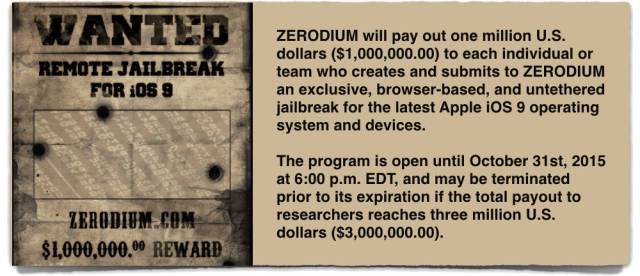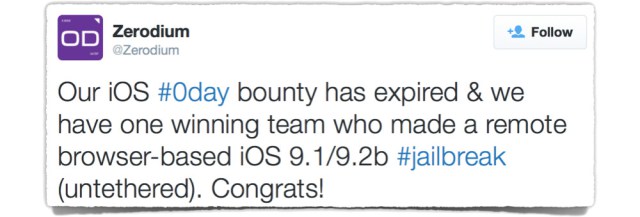Licence to snoop: Ipso facto, crypto embargo? Draft Investigatory Powers bill lands
IPB The UK government’s bid to massively ramp up surveillance of Brits’ online activity is due to land imminently in the form of the draft Investigatory Powers Bill.
It’s not the first time, though: successive UK governments have gone through a series of aborted attempts to push to legislate for the bulk collection of Brit netizens’ data. But each time they have failed. This time, though, things could be different.
First up, it’s worth casting your mind back to this passage from the Tory’s then-Coalition partners, the Liberal Democrats (remember them?), back in November last year when IP address-matching powers for police and spooks were briskly waved through Parliament in the form of the Data Retention and Investigatory Powers Act.
This is exactly the kind of thing that we need to take action on, rather than proposing an unnecessary, unworkable and disproportionate Snoopers’ Charter. There is absolutely no chance of that illiberal Bill coming back under the Coalition government – it’s dead and buried.
Sorry to go all pantomime on you all, but, “Oh no it’s not!” As we’ve long written here in these pages, the surveillance plan never really went away.
In fact, the Tories have been playing the long game, having said back in 2010 (PDF) that it wanted to store and acquire internet and email records by June 2015.
The Home Office missed that deadline but will it now get its way, at long last?
Meanwhile, Home Secretary Theresa May and her minions have been doing their best to spin the government’s proposed law in a positive light before it has even been perused by parliamentarians, with Whitehall sources muttering to the nationals about judicial safeguards.
And, before the Tories came to power with the Lib Dems in 2010, Labour had been attempting to bring in its Interception Modernisation Programme.
IMP – which was supposed to help security services monitor difficult-to-tap tech such as peer-to-peer communications – limped on to a shelf to gather dust, following criticism from civil liberty groups in the UK.
With the arrival of May as Home Sec, British netizens faced yet another Snoopers’ Charter, this time dubbed the Communications Capabilities Development Programme (CCDP), at the cost of £1.8bn to the public purse over the course of 10 years.
CCDP morphed into the draft Communications Data Bill, but it failed to pass muster with politicos and peers, who labelled the plans far too sweeping, misleading and suspicious.
If the spin coming out the Home Office and GCHQ over the last few weeks is to be believed, then none of us have anything at all to fear about the draft Investigatory Powers Bill.
Journos: UK officials don’t want to “ban encryption” — they want to ban encryption that *works*. Deceptive intent. pic.twitter.com/wTgLeFYJqi
— Edward Snowden (@Snowden) November 2, 2015
May has said that spooks, police and other public sector authorities won’t “go through people’s browsing history”. She’s also confirmed that inadequate encryption will be left well alone. Encryption that actually works, on the other hand … Well, it will all soon become very clear, won’t it? ®
Sponsored:
Are DLP and DTP still an issue?
Article source: http://go.theregister.com/feed/www.theregister.co.uk/2015/11/04/licence_to_snoop_investigatory_powers_bill/




